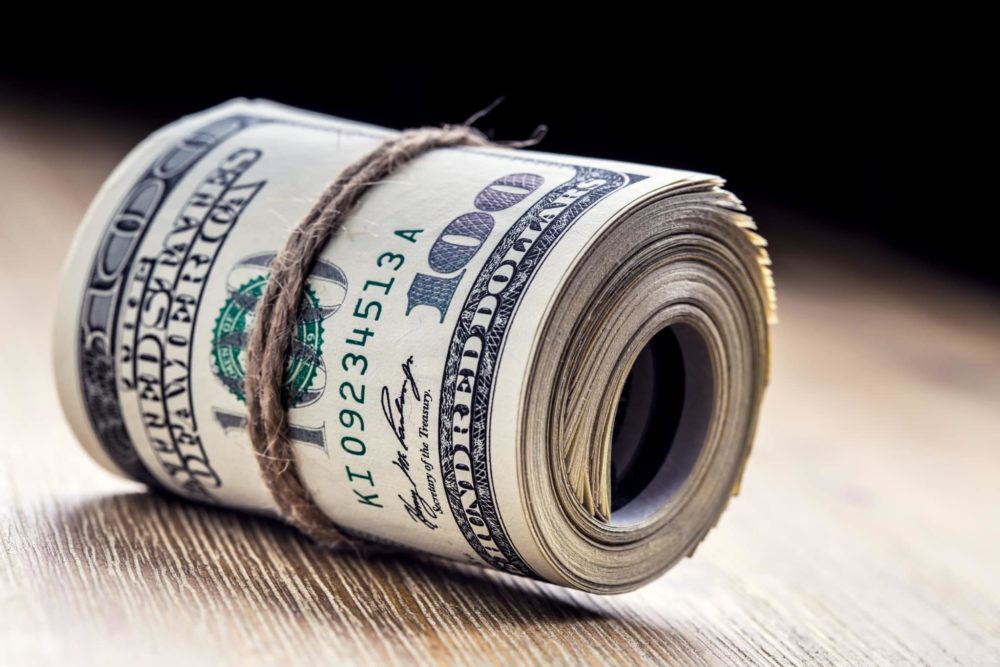
U.S. dollar gained on Friday. How did other currencies fare?
U.S. dollar traded under pressure during the last weeks, tumbling down due to positive sentiment on the market. However, the pressure eased slightly on the currency on Friday as it set to end three straight weeks of declines. On the other hand, the British Pound suffered losses due to fears that negotiators might not reach a post-Brexit trade deal before the end of 2020.
Investors’ hopes of a global economic recovery and a slowing pandemic in 2021 caused them to take bets on risk-on currencies linked to surging commodity prices such as the Canadian and Australian dollars, both of which hit 2018 highs.
However, the greenback surged forward in early European trading on Friday as the mood soured and Brexit concerns added to the delays facing a fresh U.S. fiscal stimulus.
Overnight the pressure lessened on the U.S. dollar, which rallied by 0.3% against a basket of major currencies. It traded at 91.036 on Friday, moving away from the two-and-a-half-year low point of 90.471 the dollar reached a week ago.
Kit Juckes, a foreign-exchange strategist at Societe General, stated that overall, it’s a risk-off move. According to him, it wasn’t surprising to see some traders were unfolding some of their positions, considering the dollar’s recent losses.
Juckes also noted that the state of the post-Brexit trade talks is weighing on the market. An EU official quoted the head of the European Commission, saying that Britain is more likely to leave the European Union on Dec. 31 without a trade deal instead of having a deal.
How is the Sterling pound faring under so much pressure?
The Pound suffered heavy losses. It plummeted down by approximately 0.8% at $1.3185 before a weekend of brinkmanship. EU and British negotiators have been told they must decide whether a trade deal is possible until the end of Sunday.
Meanwhile, options market moves show investors preparing for chaos, with one-week implied volatility at a nine-month high and the premium of Pound puts to calls near its highest point since April as traders pay for downside protection.
The Euro also tumbled down against the greenback on Friday, dropping by 0.23% at $1.2115 after Thursday’s gains. The European Central Bank made a statement about a new round of stimulus in line with market expectations, causing the Euro’s short rally. Furthermore, EU leaders reached a compromise over a Covid-19 pandemic aid package.
As a result, the common currency has surged forward by 15% from three-year lows at the height of the March panic. It has gained almost 2% in two weeks since finally breaking $1.20 after multiple attempts.


